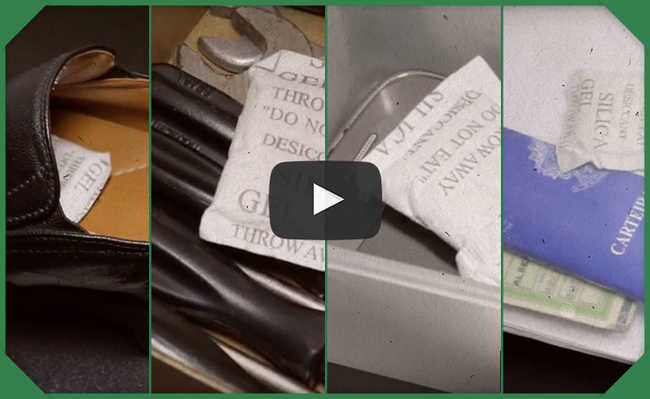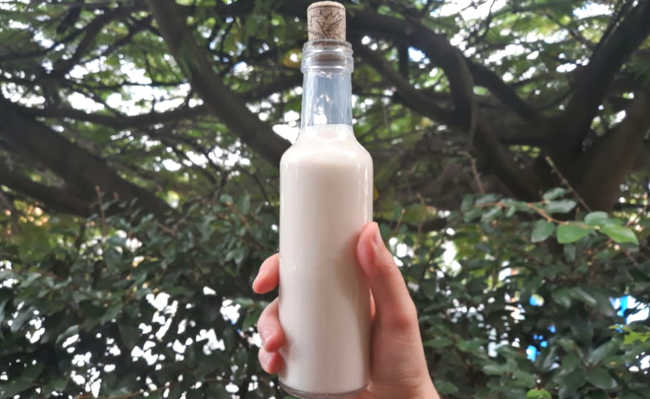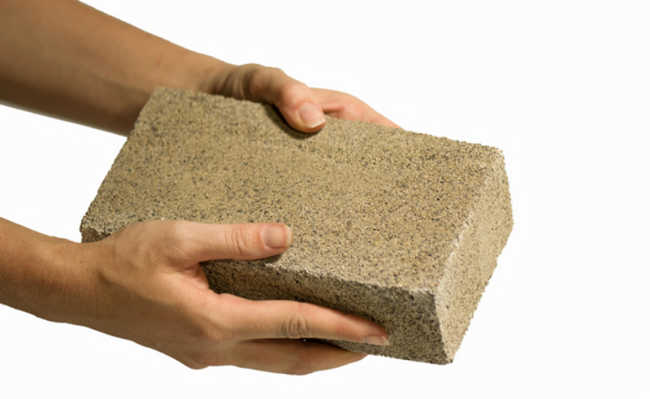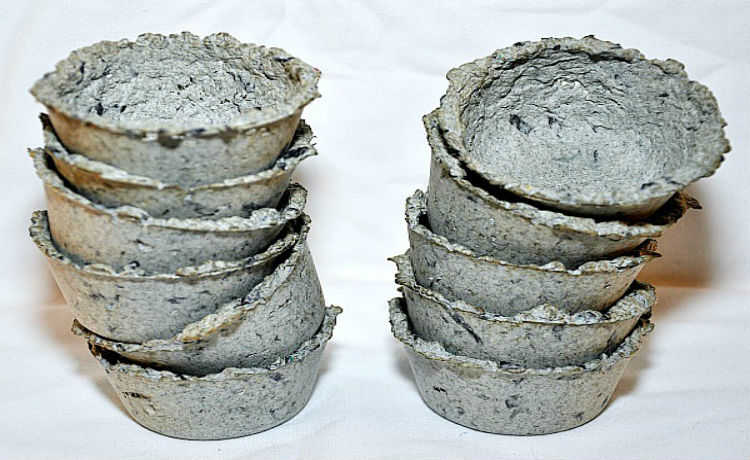Material mix makes CD a problem when recycling. know what to do
Nowadays nobody uses it anymore, but everybody has it. And now? What to do with them? Is recycling possible?


As a high-cost, multi-step process, recycling CDs and DVDs is considered too laborious. Despite having been created at the end of the 70s of the 20th century, the compact disc (compact disc, in free translation), better known by the abbreviation CD, was only definitively popularized in the beginning of the 90s. The then novelty was created to replace the old long play (LP) and revolutionizing not only the way of playing music, but also of storing digital data, leaving far behind the devices of the previous generation, such as the infamous floppy disks.
DVDs entered the national market with force some time later, with a similar intention: to offer more storage space in audiovisual terms and to supplant cassette tapes. But, over time, the modern innovations ended up being surpassed with amazing speed. These products are no longer the preferred format for many people to store digital files or play music and movies due to the emergence of new media that fulfill the same function and are, in most cases, physically much smaller, such as pen drives - without count the possibility of storing data in the cloud, where it is not necessary to carry physical media.
As a result, thousands of CDs and DVDs are thrown away every day, which can be a danger to nature, as, in addition to taking a long time to complete their degradation, there are chemical components that can pose environmental risks.
difficult to recycle

CDs and DVDs are produced in a similar way, differing only in storage technology - DVD has a data compression layer that allows it to store more information than a CD. Therefore, they are basically formed by four layers: the first is the label, known as the adhesive layer; the second is an acrylic layer, where the data is stored; the third is the metallic mirror layer (which can be silver, gold or platinum); the fourth is called the plastic layer, as it is made of polycarbonate (PC), which makes up almost 90% of the structure of a CD or DVD.
Because it has so many layers, recycling CDs and DVDs consists of several steps. First, it goes through demagnetization (separation of metal and plastic), then there is the separation of waste and, later, the recycling of plastic, in this case, polycarbonate.
To be recycled, however, it is necessary that the mirrored part of the item is removed through a chemical or mechanical process, so as not to mix with the plastic part at the time of recycling. As a result, recycling CDs and DVDs is an expensive process, which makes it sometimes difficult to find a location that recycles this material.
Metals can pose an environmental hazard, so it is important not to dispose of CDs or DVDs in the common trash. Its decomposition in places such as dumps and landfills can release metals into the soil and groundwater.
The basic recommendation is to contact manufacturers or look for the customer service system, so that the producing company can inform the best way of disposal.
Other alternatives
But if recycling proves to be a daunting task, there are other options as to what to do with old CDs:
Sell or donate:
You can sell or donate your CDs and DVDs to a used bookstore or to collectors;
Produce crafts:
If you want to get creative, try crafting with old CDs and DVDs. See some examples:



Infographic image: TecMundo










